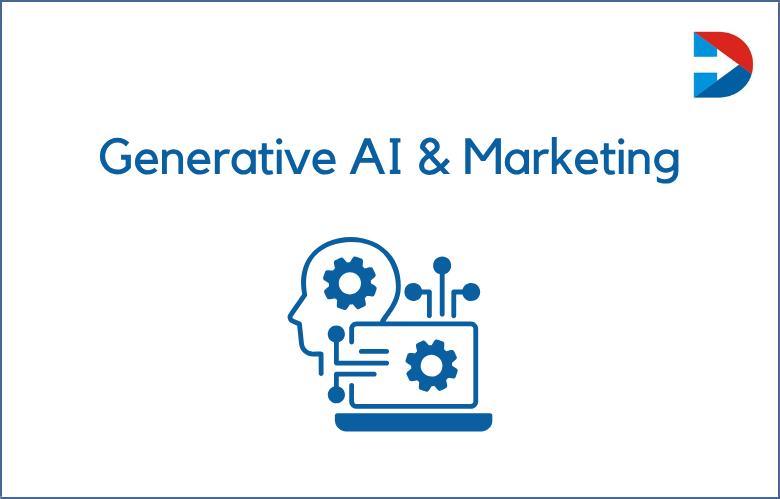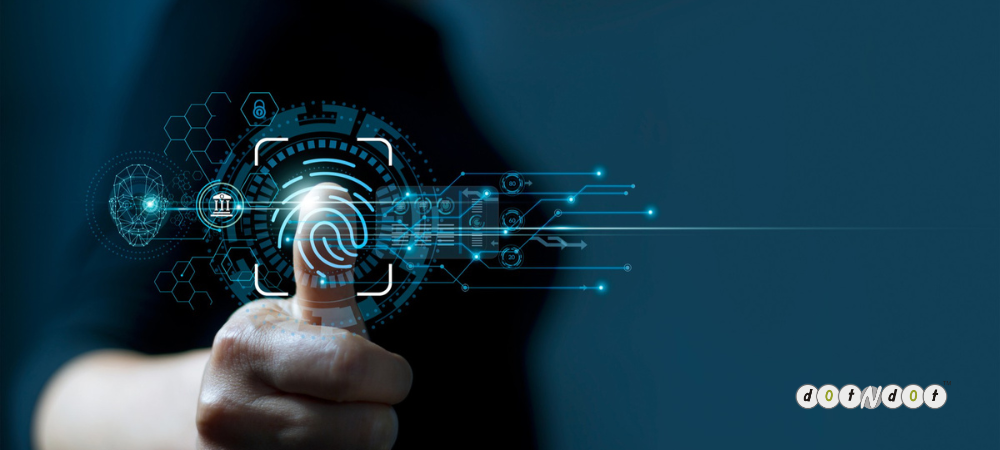
Cybercrime is the most chanted word that appears in the daily headlines. Many businesses and private industries are stuck in cybercrime’s spider web. The need for Digital Forensics is mandatory for companies to get out of the loophole of cybercrime.
Digital Forensics
It is the process of interpreting and uncovering electronic data. Only the science that is exactly dealing the electronic crimes. It is used to get evidence from its original form by investigating, collecting, validating, and identifying digital information. It helps to reconstruct past events.
The incident response aims to examine the vulnerabilities exploited by the advisory. That helps understand the adversary attacks the systems and finds the compromised credentials, methods, and sensitive information.
Furthermore, digital forensics can perform systematic investigations when the documentation of the chain of evidence does. It is significant in identifying the factors that emerged in the digital system and who is responsible.
At the endpoint, digital forensics is challenging to tackle as we must face the challenges that contain data and systems, the potentiality of pulling the data, languages, synthesizing multiple data sources, etc.
Suppose you are intended to investigate a cybersecurity incident. Examining data on multiple digital devices, such as mobiles, computers, memory sticks, etc., is necessary.
Uses of Digital Forensics
The scene of a crime can be digital. That means hacking, holding the evidence in emails, documents, other files, or internet history through which it can be misused.
The examination digital forensic report helps reveal when the document was edited, when it appeared initially, when it was printed or saved, and who is responsible for carrying out those actions.
Most organizations are in use digital forensics in many cases like
- Industrial spying
- Intellectual property theft
- Scam investigations
- Forgeries
- Inappropriate use of the Internet and email, especially in the workplace
- Employment clashes
- Supervisory compliance
Digital Forensics Glossary
Metadata:
Metadata can be defined as information about other data. The data is stored in separate files somewhere else, or the files contain the metadata. The data format, its author, and the data creation date will be included in the metadata.
Hacking:
Hacking is the process where it involves changing a mobile or computer device from its original purpose. System hacker always keeps their hands on hacking the system spitefully. Some people intend to hack their system to hide their first activity on the network.
Bit Copy:
It is the successive copy of the individual binary digit, which is located in the storage medium. Even the standard user can not see the bit copy.
Keylogging:
The working of keylogging is that it captures the user’s information typing on a device or computer. A remote user can have accessibility to obtain sensitive data and passwords by using keylogging.
Write-Blocker:
It is either the hardware device or software application, as the name defines it as protecting data and preventing theft or modifications.
RAM:
Everyone knows about it. It is the memory of the computer or device which works temporarily. Any information left in the RAM disappears when the user turns off the system.
Why is Digital Forensics on the rise?
With the usual usage of digital devices cyb, crime is always in the upper hand to the hype in headlines.
- According to reports, a loss of $12.t million occurred due to cybercrime in the US in 2014.
- It is 9% up from 2013, where the loss figure is $11.6 million.
- The loss due to cybercrime is from $375 million to $525 million globally.
From the above statistics, it is evident that the rise of cybercrime daily leads to involving digital forensics.
By 2021 Digital Forensics predictable to be a Billion Dollar Industry
Digital forensics is composed of three parameters, such as mobiles, computers, and networks. All these areas need mastery of software-hardware tools.
Software:
Sleuth Kit:
The open-source software can recover the last documents and analyze registry changes, especially on Windows, Unix, Mac, Linux, DOS, etc.

Crowdstrike:
Contextual data like scheduled tasks, shim cache, and process lists can be gathered with the help of the lightweight console Crowdstrike. The user can scan the malware host by immersing the YARA signatures.
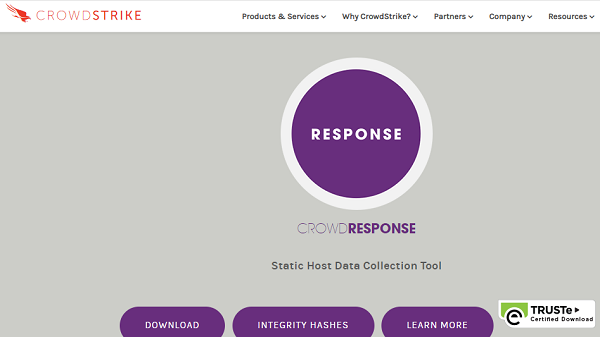
Registry Recon:
It can make an analysis and rebuild the Windows registry.
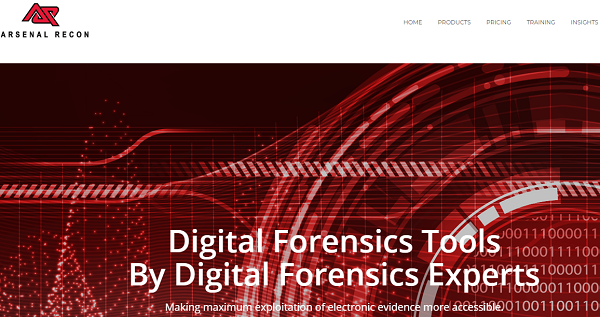
Volatility:
This digital forensic tool helps to extract the data stored on the RAM.
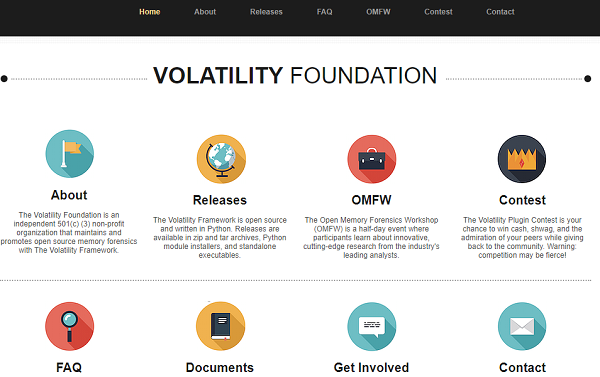
Caine:
It provides integrated mobile, network, and memory forensic tools.
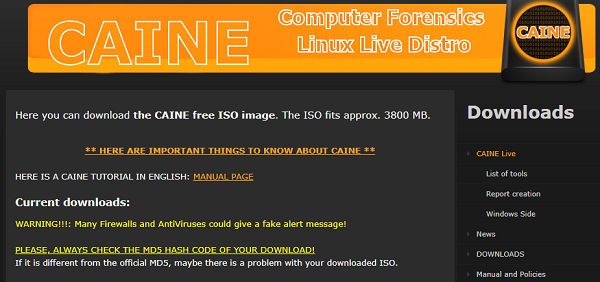
Hardware:
Fred:
It is the evidence device of forensic recovery, and these analyze the data on high-speed networks by plugging directly.
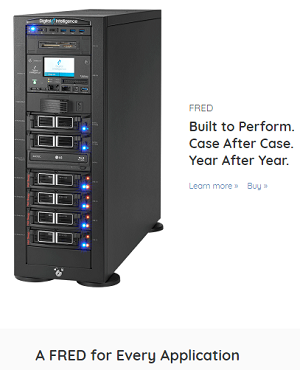
Capture screens:
The hardware of evidence grade can capture information from DVDs, CDs, mobile devices, and flashcards.
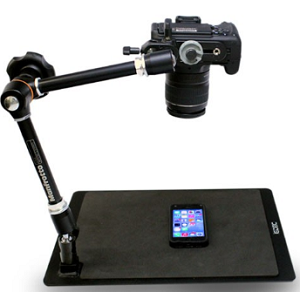
Forensic bridge:
The data from storage media can be safely extracted by connecting these devices.
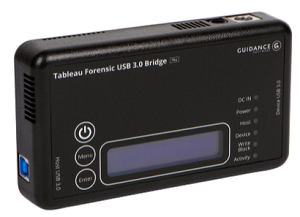
Shadow:
At the cybercrime scene, it helps protect the suspect’s hard drive.
Ethics of digital forensics
- The investigation should not compromise the information on storage media or accessed devices.
- The records of the fetched methods, process, and each tool should be maintained as the act of investigation.
- They should explain the action they take by providing evidence of relevant information.
- The investigation supervisor should exhibit the responsibility of following the guidelines mentioned above.
Stages of Digital Forensic Investigation
Analysis:
Several methodologies and tools are used to review the fetched conclusions and raw data.
Seizure:
It helps to obtain the physical device that can be used to store the information on the device.
Acquisition:
The integrity of the original data is stored to store the honesty of the investigation. Simply a copy of the information is stored on the device.
Reporting:
The investigation results can be shared by including the specific activity of the arrival of those results.
Digital Forensics Statistics
- The digital forensics market may reach $7 billion by 2024, Says Variant Market Research.
- The digital forensic market over mobile devices will rise at a CAGR of 16.4% by 2027.
- The digital forensic marketer will rise at a CAGR of 12% by 2023.
- In 2025 the global gesture recognition market size may reach a CAGR of 22.2%.
- The digital utility market may reach a CAGR of 11.6% in 2025.
- Ericsson’s Mobility report says that the Internet of Things (IoT) devices may reach 18 billion by 2022.
Conclusion
The investigation involved in digital forensics will provide safety measures for the industries from the hackers who are playing a role in committing cybercrime. It also includes advanced safety parameters before facing cybercrime.

